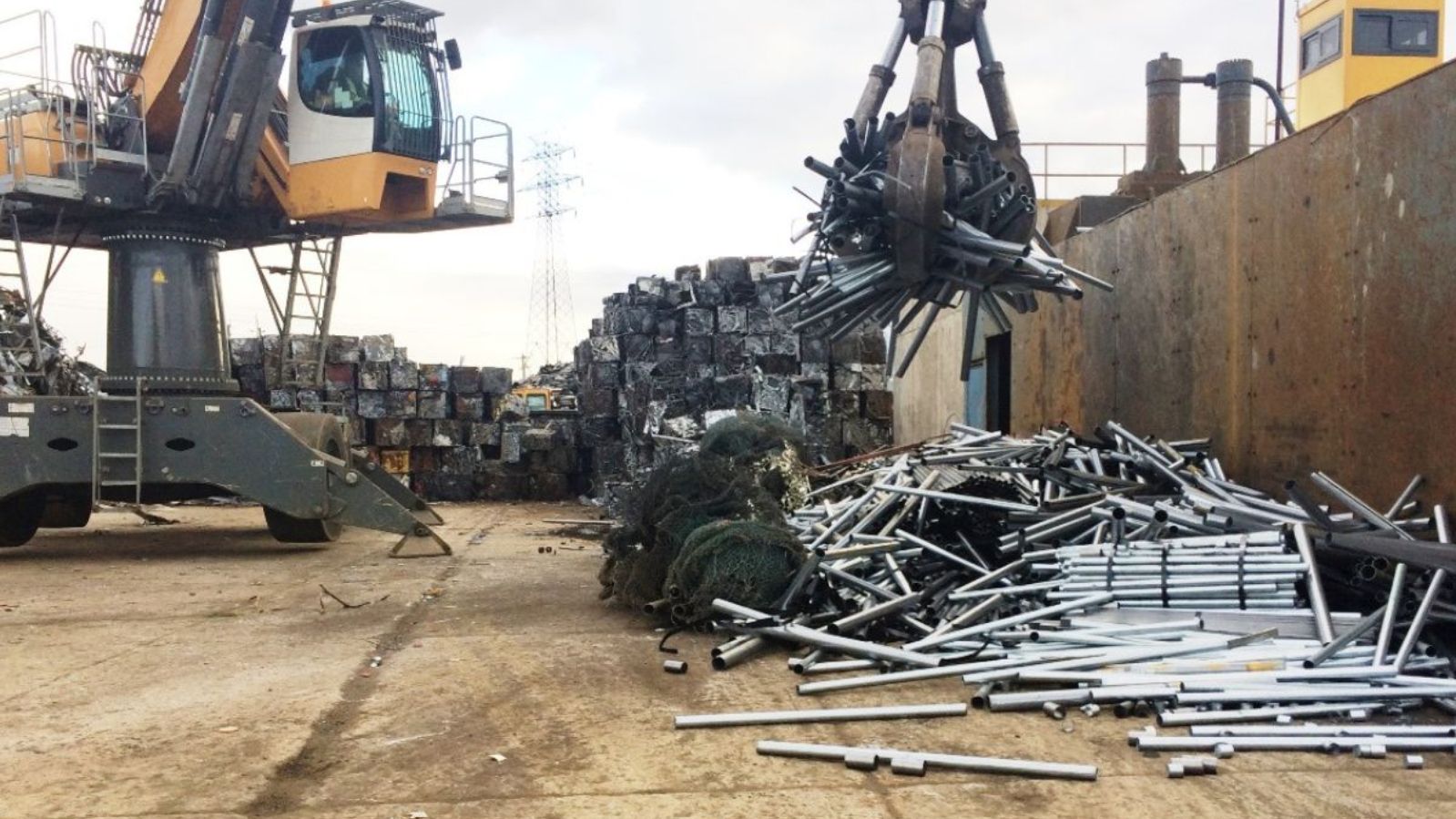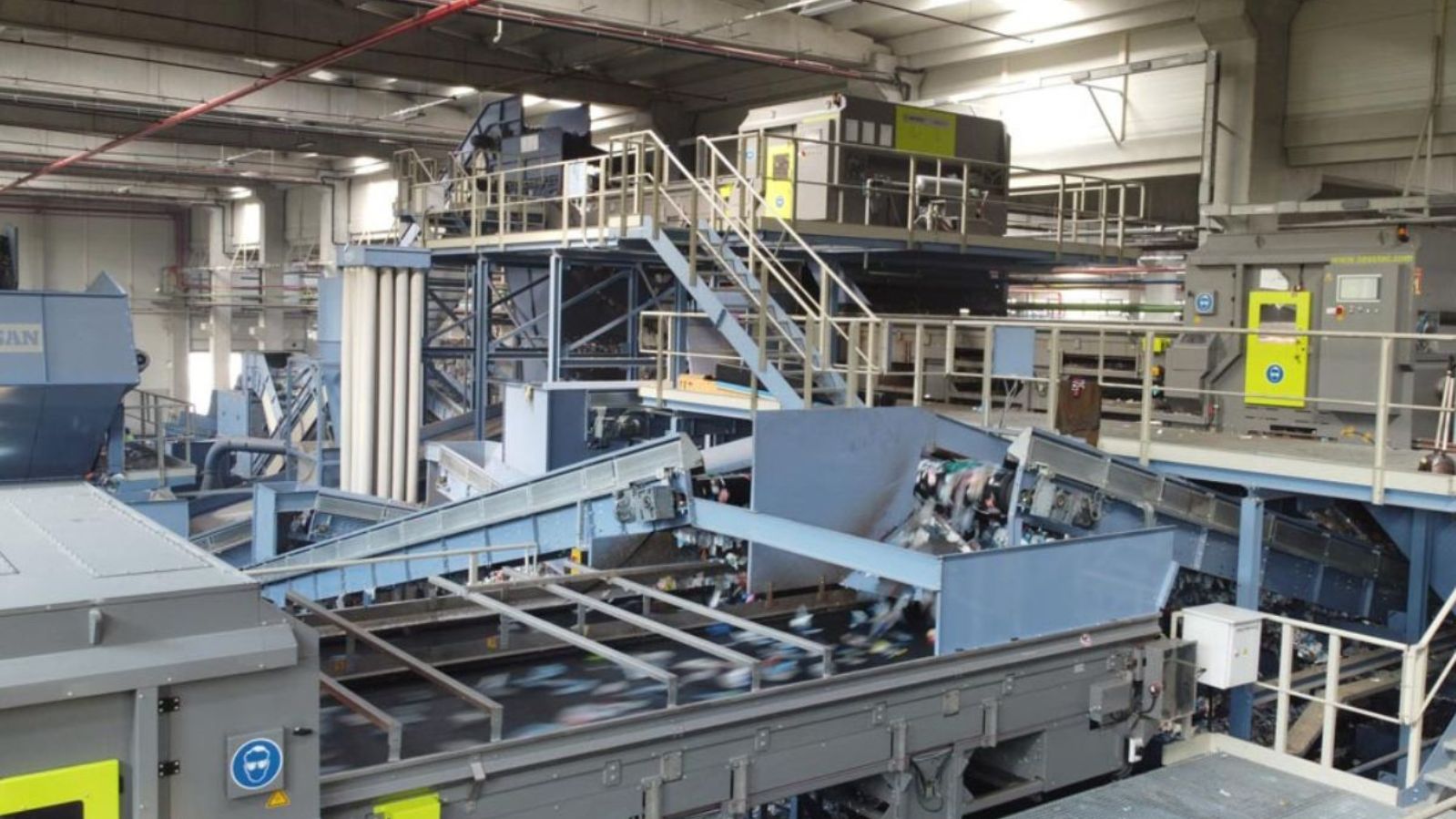
With the evolution of technology and competition in steel recycling, metal production rates are required to increase efficiency. For metal recyclers, a scrap processing solution has become the need of the hour. According to Reuters, India's steel demand is likely to grow 7.5% in 2023-24, with this year seeing a 5 percent increment from last year with 66.14 MT crude steel production. This further solidifies the fact that there is an urgent need for good metal recycling equipment, not just for steel but also for other metals, for a sustainable future.
In a world where multiple metals are used together to create a product, metal sorting is a necessary process where different metals are separated to melt them further. At Intelligent Edge, we provide the best solutions for metal recycling, which aids in making the whole process smoother and improves the quality of the recycled goods.
Material Sorting is separating
- Ferrous: This material includes commonly found metals like carbon steel, alloy steel, wrought iron, and cast iron.
- Non-ferrous: This includes materials like Aluminum, copper, lead, zinc, and tin.
- Non Metals: Rubber, Plastic, Glass, or any other material
How is Metal Scrap Processed?
Metal scrap processing can be quickly done in this systematic manner, which is as follows.
- Collection: Metal scrap is collected from its respective industries, which includes ELVs, appliances, industrial waste, and construction materials, to name a few. It can also be derived from other sources where varied materials are byproducts of production.
- Dismantling: The collected scrap goes through a rigorous process of Dismantling and and separating. This includes separating parts that are majorly made of steel, stainless steel, copper, aluminum, iron, brass, etc. Since each metal has its characteristics, each dismantled part will contain multiple metals and non-metals, which must be processed together.
- Processing: The scrap metals are then processed, which involves Shearing, baling, briquetting, and shredding, which helps in a smooth recycling process.
- Segregation: After the scrap metal is processed, it is further segregated in terms of its different types. This aids in sectioning of the different metals for recycling or reusing as it makes recovery of valuable materials very easy and swift.
What are the Different Types of Metal Sorting Equipment?
Besides the conventional manual picking, many different types of metal sorting equipment include:
- Conveyor Belts: These help move the materials from one place to another for efficient sorting. They are installed with sensor magnets for further sorting and can also be used for handpicking.
- Trommel Screens: A drum-shaped equipment that has openings of various sizes that allow the metal sorting in terms of their sizes. The smaller-sized scrap falls through and is collected, while the larger ones are retained inside the drum.
- Air Separators: In this, when the scrap material passes through a heavy stream of air that moves in an upward direction or even in the form of a cyclone, the lighter materials get carried upwards while the heavier scrap remains at the bottom.
- Magnetic Separation: This is especially useful for segregating ferrous and non-ferrous metals with the help of a powerful magnet or an electromagnet and is very effective for separating ferrous materials that stick to the magnet.
- Eddy Current Separators: This process helps separate conductive, non-ferrous materials when they pass through a rotating magnet, which uses repulsion for sorting.
- Density Separators: This helps to sort based on density, size, and shape, where it accurately distributes the three into different categories. It can also utilize sieves, which are of varied sizes that allow only a specific size of the material to pass through, making sorting easier.
- X-Ray Sorters: Powerful X-rays which is a very advanced system that analyzes the metals in terms of their composition, density, and characteristics which helps in efficient separation.
Conclusion
In conclusion, it can be seen that material sorting is a crucial step in metal recycling that not only helps in the further segregation of metals but also has economic and ecological benefits. Metal sorting adds a value to the recycling ecosystem by deriving maximum value out of already processed scrap.

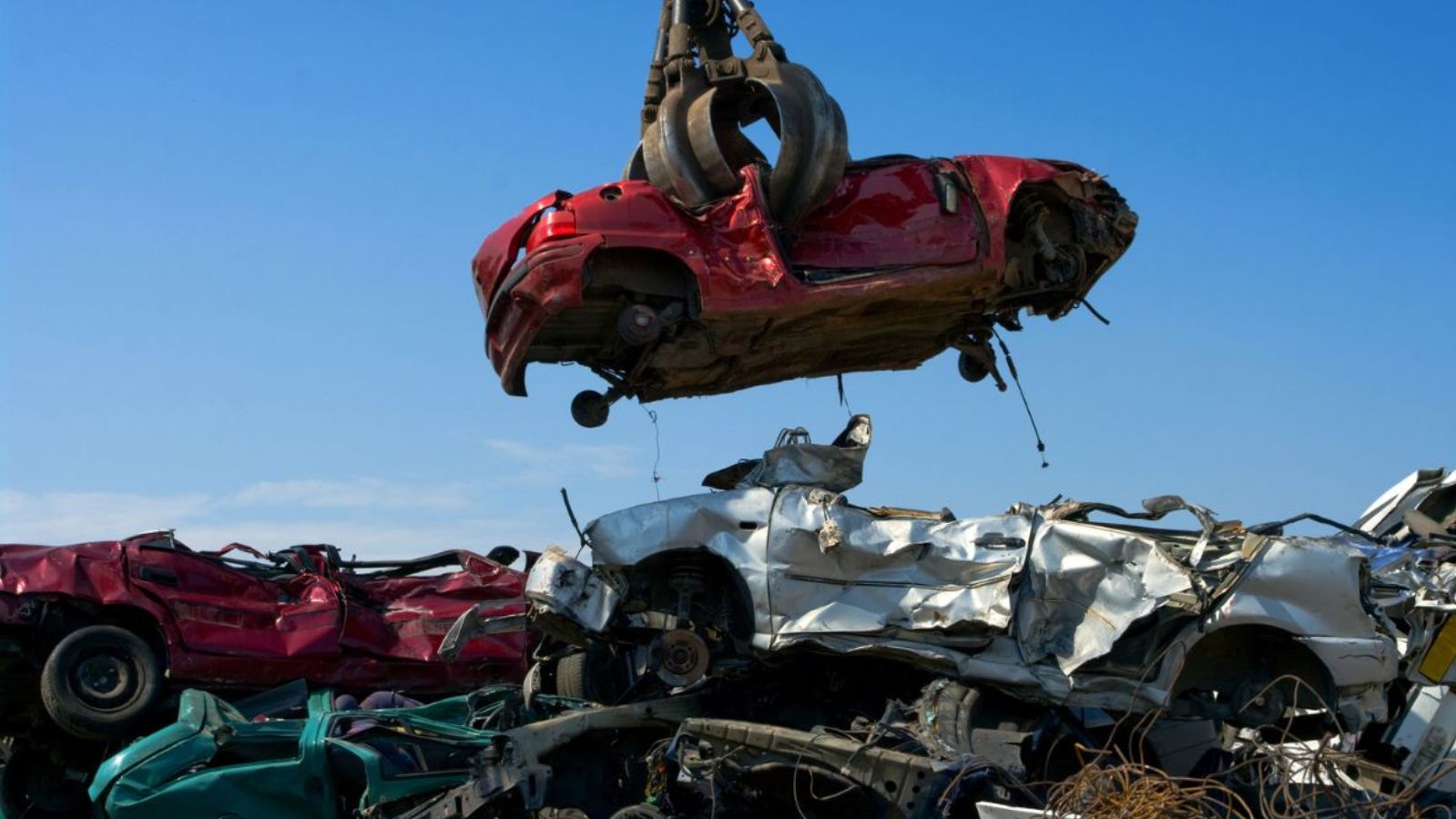
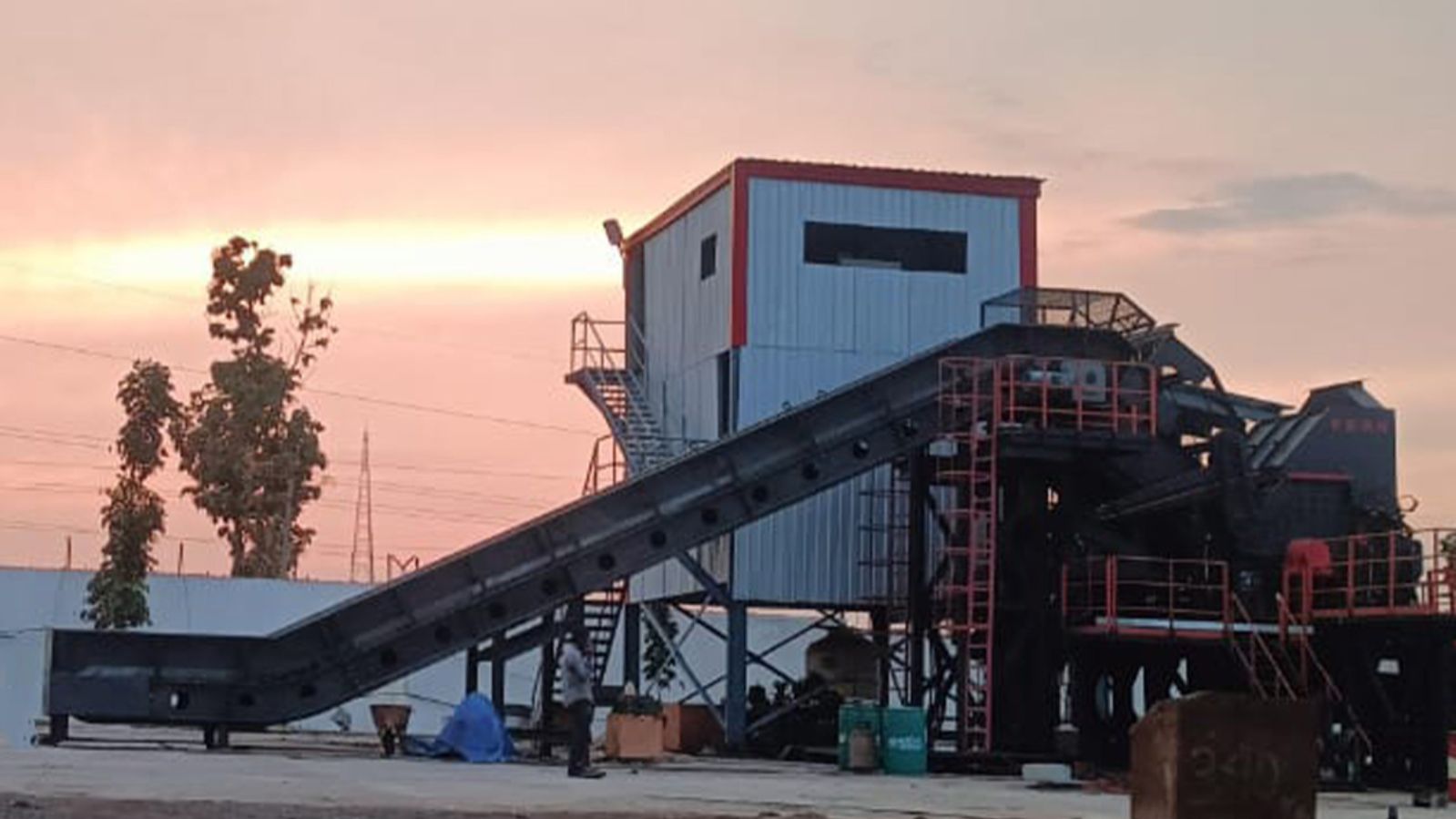
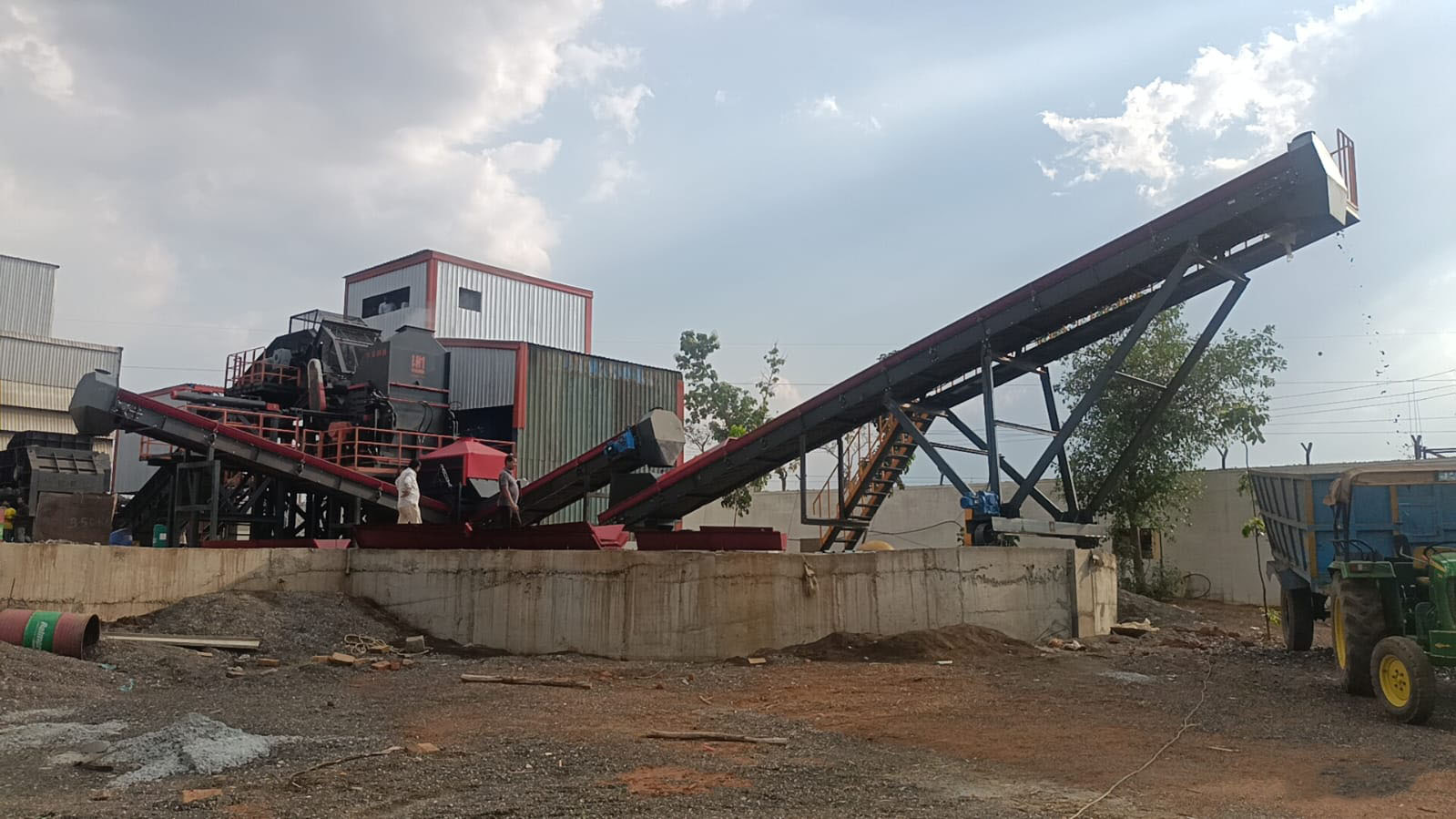
.jpg)
